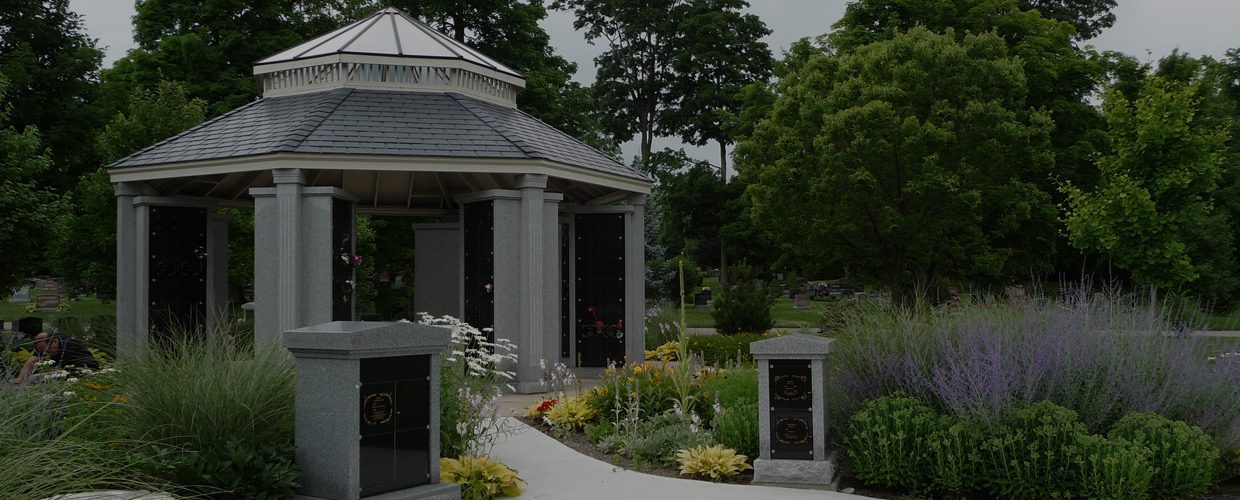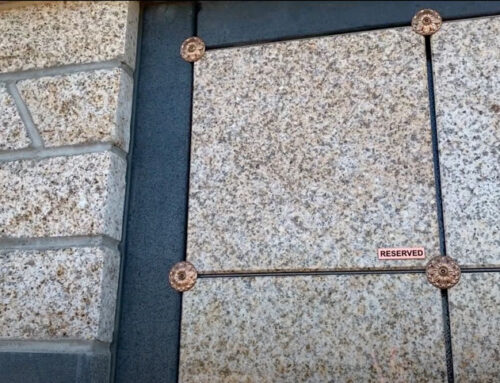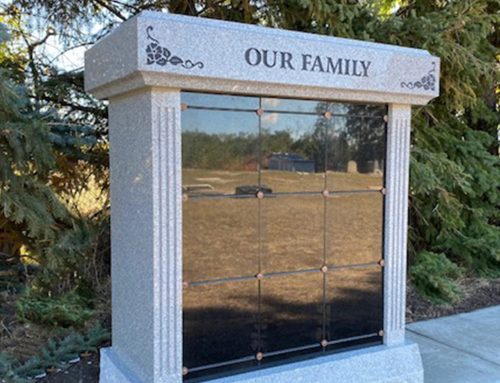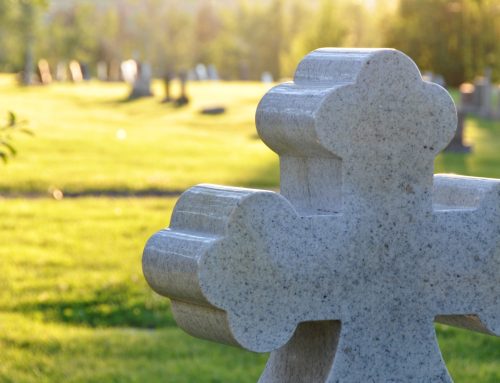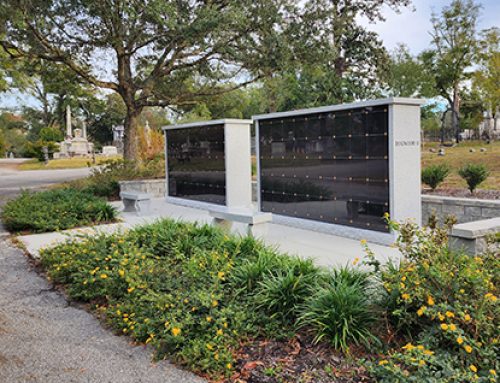Columbariums & Monuments:
It’s More Than Just A Resting Place
The term “columbarium” has often been used interchangeably with the term “mausoleum”. They are both words describing permanent resting places for the dead that are open to the public. Family and friends gather to remember loved ones, who’ve passed away by visiting mausoleums and columbarium. Although these two words refer to monumental buildings, they are designed for two distinct burial practices. Mausoleums are intended for full body burial while columbaria are designed to inter the cremains.
The “columbarium” is still an unfamiliar word to most people who often confuse it with the word “mausoleum”, but as the trend towards cremation grows the seemingly erased grey area becomes more discernable as people learn to distinguish one from the other. Many of today’s cemetery buildings are built to cater to both full body burials and cremation interment and are often referred to as “mausoleums”. Thus persisting the confusion.
As North Americans are slowly becoming more familiar with cremation and columbaria, here are a few facts that may be of interest.
Fact 1
The term columbarium came from the Italian word “Columba” which translates to the word dove. In The Ancient Roman Times, a columbarium did not involve human memorials. Instead, they were large homes made in communities for doves and pigeons.
Fact 2
The general columbarium design is thematically similar. Although the aesthetics and engineering are more advanced, the columbarium still consists of a series of stacked enclosures. Today, each enclosure is reserved for the urn of a particular individual. The term today we use to refer to these little spaces is “niches”.
Fact 3
The columbarium niche is where family members can inter their loved ones cremains. Urns are designed for the purpose of holding human cremains. Today scattering the ashes of a loved is a current trend, but sometimes families regret their decision later. Purchasing a niche in a cemetery columbarium may be a more comforting option, if not the best one.
Fact 4
Columbarium’s has changed dramatically over the years regarding size and design. The Buddhists who believe in cremation over burial were the first ones to build columbaria in Ancient Asia. Typically, they were very elaborate structures patterned after the great Buddhist temples of all time. As cremation becomes more popular in North America, cemeteries and families are seeking more unique and architecturally distinctive columbarium designs.
Fact 5
Modern day columbarium are designed to inter the cremains of individuals from all types of religious affiliations. Columbaria situated in public cemeteries tend to avoid strong religious themes. However, in religious sections of public cemeteries, private church cemeteries and some private family cemetery gardens, the columbarium are often adorned with religious statuary, iconic symbols or sacred texts.
Like The Ancient Romans of the past, we too cherish a place to commemorate a life once lived. Though the columbaria shapes and the designs may have changed over the centuries, their purpose still remains the same. Today’s columbaria manufacturing focuses on: architecture, advanced engineering design, craftsmanship and granite exteriors all designed to provide cemeteries with the elegance and permanence that will stand the test of time. These structures define our vision of beauty, love and devotion for future generations to see. The columbarium is more than just a resting place.
Columbarium USA is a subsidiary of Sunset Memorial & Stone LTD

